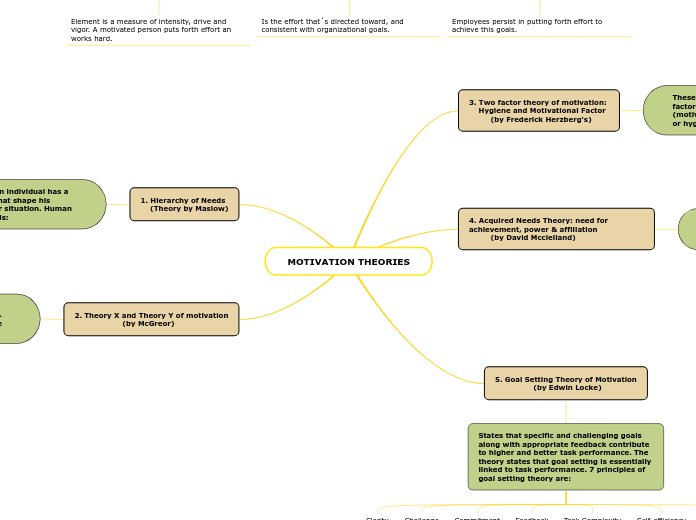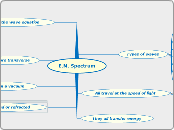by John Doe 8 years ago
690
Chemical Energy
Chemical energy plays a critical role in various everyday applications, from powering batteries through zinc and manganese dioxide reactions to enabling the explosive capabilities of substances like nitroglycerin and gunpowder.









